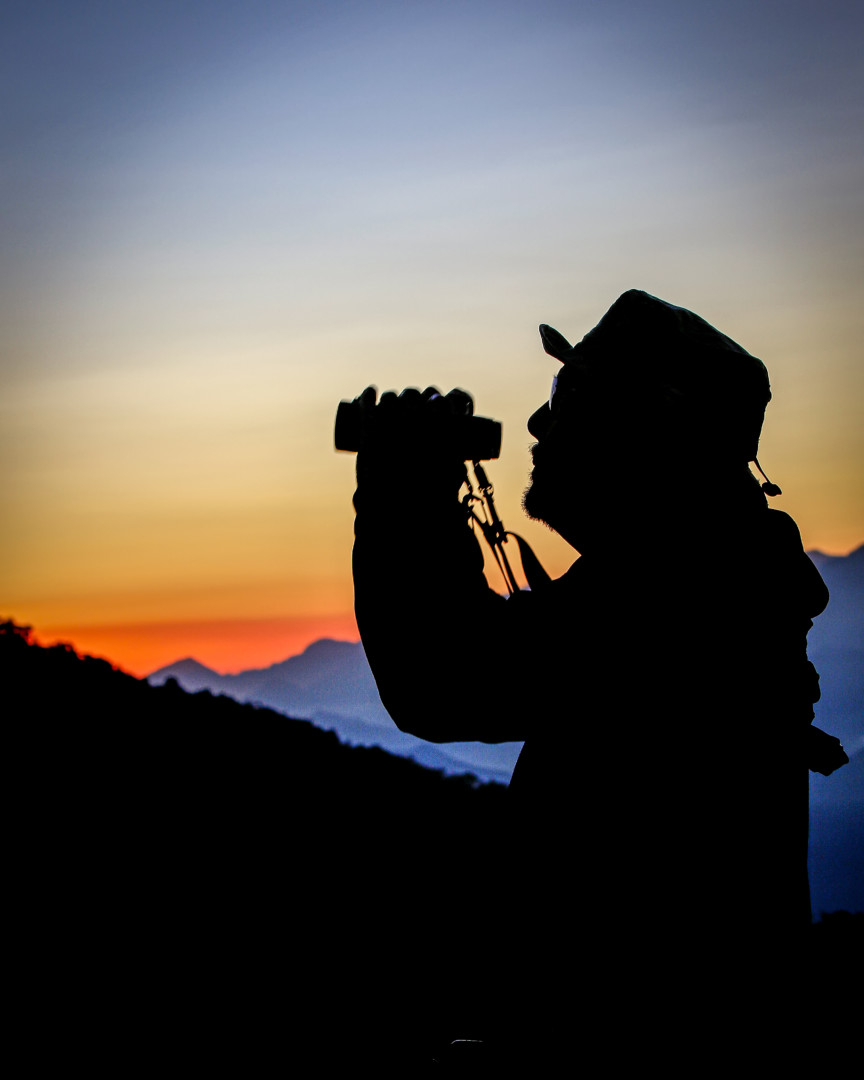
Trip Report – 10 days in Colombian Andes and Santa Marta Mountains.
By Cristian Daza
This tour was very special, in 10 days we traveled to the main places for birdwatching in Bogotá and nearby locations, and then to the Santa Marta Mountais, in search of important targets, at the end of the tour, we recorded 356 species! There were a lot of fun moments with Dotie and Bill from Texas – USA. A very important trip for them, after so long with the pandemic!
Day 1 – Laguna Tabacal / Jardin Encantado / Parque la Florida
Starting a new Tour is always a great joy! Being able to share a bit of biodiversity with people who are nature lovers like Dotie and Bill; This morning we went at Laguna Tabacal, a municipal park near Bogota. On the western slope of the eastern mountain range, a municipal park of 41 hectares, which includes a lagoon and an area of forest, is an excellent hotspot with more than 440 species recorded on the spot! This day we saw Spectacled Parrotlet, Olivaceous Piculet, Band-backed Wren, Orange-chinned Parakeet, Gray Seedeater, Bar-crested Antshrike, Pied-billed Grebe. Was a great morning.
We made a stop for lunch at the “grandparents’ restaurant, which is a restaurant that offers a typical “Bandeja Paisa (It’s one of the most traditional Colombian foods). Lunch was very good, very fast service. The atmosphere in the restaurant is very calm, it feels very familiar.
After our lunch, we arrived at the Jardin Encantado. This a very special place, it is a house with a garden full of feeders. The owner is called Leonor Pardo, she is a great friend of ours. It is a magical place, which should be a must-stop for all birders and nature photographers! Around 27 different hummingbird species have visited her garden (with 10-15 seen regularly) Here the experience with hummingbirds is incredible, it is meters from some of the most beautiful species in the world, such as White-vented Plumeleteer, the endemic Indigo-capped Hummingbird, Gorgeted Woodstar, White-bellied Woodstar, White-bellied Woodstar, Black-throated Mango, Andean Emerald, Sparkling Violetear and many more.
After enjoying this magical place, to end the day, we went to Parque la Florida, one of the most outstanding parks in the west of Bogotá, with 267 hectares of land, with a very good diversity of urban birds (355 registered species ), and we were able to observe some of them such as; Andean Duck, American Coot, Bare-faced Ibis, Neotropic Cormorant, Blue-winged Teal and the two important site targets like Bogotá Rail and Spot-flanked Gallinule.
Day 2 – Chingaza National Park / Observatorio de Colibríes
Chingaza was first declared a National Park in 1977 and today covers approximately 76,600 hectares that provides 80% of the drinking water of Bogota – the capital and largest city in Colombia, with altitudes ranging from 800 to 4,020 metres above sea level. It is home to over 400 species of birds, 260 mammals, 44 amphibians, and 29 reptiles, a mecca for wildlife viewing and nature enthusiasts. This morning we observed birds in the Guarija region, being here is always a great experience for bird watching, with many important targets such as; White-capped Dipper, Eastern Meadowlark, Black-billed Mountain-Toucan, Black-capped Hemispingus, Black-eared Hemispingus, Barred Fruiteater, White-banded Tyrannulet, Andean Pygmy-Owl, Bluish Flowerpiercer, Masked Flowerpiercer, Smoky Bush-Tyrant, Scarlet-bellied Mountain Tanager, Muisca Antpitta (heard), Brown-backed Chat-Tyrant, Rufous-breasted Chat-Tyrant, Brown-breasted Parakeet.
A very pleasant morning with many interesting species for our bird-list of the trip!
After lunch we went to the jewel of a hummingbird Garden, at Observatorio de Colibríes, you can enjoy amazing hummingbirds, such as the Sword-billed Hummingbird, while sitting in the gardens of a beautiful house owned and decorated by an artist. This is located near La Calera, at 3000m, and has almost 17 Andean species of hummingbirds that visit the feeders and gardens. Our targets in these places was; Black-tailed Trainbearer, Green-tailed Trainbearer, Tyrian Metaltail, Glowing Puffleg, Blue-throated Starfrontlet, Great Sapphirewing, White-bellied Woodstar, Smoky-brown Woodpecker, Chestnut-crowned Antpitta, Great Thrush, Pale-naped Brushfinch, Glossy Flowerpiercer.
Day 3 – National Park Sumapaz
The National Park Sumapaz is located about two hours south of Bogotá. It is considered the largest páramo in the world, has a kind of ecosystem, unique to a few countries in the tropical area of Central and South America. This is a great place with mountainous characteristics, with huge ‘frailejones’, Andean bamboos, grasslands and hundreds of other native plants. It is one of the most beautiful mountain sceneries of the Colombian Eastern mountain range.
This is an important hotspot of the birds, with more 275 species record in this places, with excellences targets likes; Green-bearded Helmetcrest, Apolinar’s Wren, Black Flowerpiercer, Noble Snipe, Rufous-browed Conebill, Black-chested buzzard-eagle, Pale-bellied Tapaculo, Chestnut-winged Cinclodes, Many-striped canastero, Andean Teal, Greater Yellowlegs, Silvery-throated Spinetail, Andean Siskin, Black-backed Grosbeak, Rose-breasted Grosbeak.
Day 4 – Chicaque Natural Park
The Chicaque Natural Park is a member of the National Reserves unit, which has within its characteristics a cloud forest, located just a few minutes from Bogotá. With a size of 244 hectares. It has about 20 km of ecological trails, which will transport us to the time when the Muiscas (indigenous local people), ancient inhabitants of the area walked our mountains. This park is amazing place to birding and wildlife, is a hotspot with 479 birds records in e-Bird. In this morning wa saw some targets like; Golden-bellied Starfrontlet, Lesser Violetear, Black Inca, Pale-edged Flycatcher, Flame-faced Tanager, Beryl-spangled Tanager, Black-capped Tanager, Metallic-green Tanager, Golden Tanager, Fawn-breasted Tanager, Brown-capped Vireo, Slate-throated Redstart.
After this morning, we had lunch and we enjoyed the feeders from restaurants to record and photograph the Golden-bellied Starfrontlet again, and then we went to the airport to wait for our flight to Barranquilla!
Day 5 – Wetlands Rio Magdalena/Kilometre 4
The site is a coastal estuarine system with 20 lagoons of varying salinity, with several rivers running through the area and extensive zones of mangroves. The site is important for its mangrove ecosystem, which is the largest on the Caribbean coast of Colombia. It also serves as a habitat and winter breeding ground for several bird species, has at least two endemic bird species, and is also a spawning ground for many fish species.
A great morning, with some important targets like; Sapphire-bellied Hummingbird, Stripe-backed Wren, Olivaceous Saltator, Yellow Oriole, White-tipped Dove, Russet-throated Puffbird, Bronzed Cowbird, Great-tailed Grackle, Carib Grackle, Wattled Jacana, Purple Gallinule, Pied Puffbird, Bicolored Conebill.
Day 6 – Flamencos Fauna and Flora Sanctuary
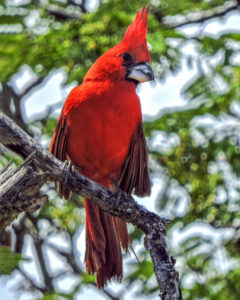 Here we can watch flamencos feeding at Los Flamencos Fauna and Flora Sanctuary, located in the town of Camarones, 15 minutes south of Riohacha. There, in an area encompassing 7000 hectares, hundreds of these birds stick their beaks into the estuary of the Camarones River in search of the artemia salina—a species of brine shrimp that give flamingos their pink color. This is a very special place, we can to see many birds like; Vermilion Cardinal, Orinocan Saltato, Olivaceous Saltator, Tocuyo Sparrow, Rufous-tailed Jacamar, Black-crested Antshrike, Slender-billed Tyrannulet, Chestnut Piculet (one the most important target of the day), Buffy Hummingbird, Yellow Oriole, Green-rumped Parrotlet, Black-faced Grassquit, Crested Caracara, Black-collared Hawk, Scarlet Ibis, White Ibis, Lesser Yellowlegs Black-crowned Night-Heron, Yellow-crowned Night-Heron, Southern Lapwing, Lesser Black-backed, Least Tern, Yellow-billed Tern, Black Skimmer, Brown Pelican. For Dotie and Bill, to visit the Guajira was a very special experience was a the top places for them in this our birding trip!
Here we can watch flamencos feeding at Los Flamencos Fauna and Flora Sanctuary, located in the town of Camarones, 15 minutes south of Riohacha. There, in an area encompassing 7000 hectares, hundreds of these birds stick their beaks into the estuary of the Camarones River in search of the artemia salina—a species of brine shrimp that give flamingos their pink color. This is a very special place, we can to see many birds like; Vermilion Cardinal, Orinocan Saltato, Olivaceous Saltator, Tocuyo Sparrow, Rufous-tailed Jacamar, Black-crested Antshrike, Slender-billed Tyrannulet, Chestnut Piculet (one the most important target of the day), Buffy Hummingbird, Yellow Oriole, Green-rumped Parrotlet, Black-faced Grassquit, Crested Caracara, Black-collared Hawk, Scarlet Ibis, White Ibis, Lesser Yellowlegs Black-crowned Night-Heron, Yellow-crowned Night-Heron, Southern Lapwing, Lesser Black-backed, Least Tern, Yellow-billed Tern, Black Skimmer, Brown Pelican. For Dotie and Bill, to visit the Guajira was a very special experience was a the top places for them in this our birding trip!
Day 7 – Birding in the road/ El Dorado Hotel
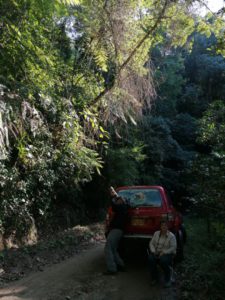 We left the Hotel, and during of the road we got to see the group of the Military macaws at this tree, but in this tree, we saw more species like; Blue Dacnis, Crested Oropendola, Orange-chinned Parakeet, Blue-headed Parrot, White-necked Jacobin, White-vented Plumeleteer, Steely-vented Hummingbird, Rufous-tailed Hummingbird, Bicolored Wren, Thick-billed Euphonia.
We left the Hotel, and during of the road we got to see the group of the Military macaws at this tree, but in this tree, we saw more species like; Blue Dacnis, Crested Oropendola, Orange-chinned Parakeet, Blue-headed Parrot, White-necked Jacobin, White-vented Plumeleteer, Steely-vented Hummingbird, Rufous-tailed Hummingbird, Bicolored Wren, Thick-billed Euphonia.
We continue to birding in the road in another place and we got to see more birds like; Black-cheeked Mountain Tanager, Yellow-crowned Redstart, White-lored Warbler, Santa Marta Warbler, Blackburnian Warbler, Tennessee Warbler, Santa Marta Brushfinch, Rufous-collared Sparrow, Hermit Wood-Wren, Mountain Elaenia, White-throated Tyrannulet, Cinnamon Flycatcher, Golden-breasted Fruiteater, Sierra Nevada Antpitta, Santa Marta Antpitta, Black-backed Thornbill.
After we arrived en El Dorado Reserve and enjoyed the feeders, we saw; Santa Marta Brushfinch, Brown Violetear, White-tailed Starfrontlet, Crowned Woodnymph, Masked Trogon, Collared Forest-Falcon, Blue-naped Chlorophonia, Black-capped Tanager, Bay-headed Tanager, White-sided Flowerpiercer, Black Flowerpiercer, Blue-capped Tanager.
Day 8 – Cuchilla De San Lorenzo / El Dorado Proaves Reserve
The Reserve is located on the Cuchilla de San Lorenzo, in the western sector of the northern slope of the Sierra Nevada de Santa Marta, in the district of Minca, belonging to the municipality of Santa Marta and department of Magdalena. It currently comprises an area of 1,024 hectares, in an altitudinal range between 1,500 and 2,700 meters above sea level.
This Reserve is part of the Chundúa District of the Biogeographic Province of the Sierra Nevada de Santa Marta and an Area of Endemism of Birds (EBA 036). This site also protects important areas for more than 40 species of migratory birds, such as the Golden-winged Warbler and the Cerulean Warbler.
It has a high number of endemic species of fauna and flora threatened with extinction; Furthermore, the conserved forests benefit the three most threatened bird species in the Sierra Nevada de Santa Marta.
This place we saw many birds likes; Santa Marta Parakeet, Brown-rumped Tapaculo, Santa Marta Antpitta, Gray-breasted Wood-Wren, Hermit Wood-Wren, Gray-breasted Wood-Wren, Yellow-bellied Chat-Tyrant, Band-winged Nightjar, Golden-breasted Fruiteater, Band-tailed Guan, White-lored Warbler, Blackburnian Warbler, Santa Marta Warbler, Montane Foliage-gleaner, Flammulated Treehunter, Rusty-headed Spinetail.
Day 9 – / El Dorado Proaves Reserve
This morning we enjoyed the some birds near of restaurant, and was a relax morning with beautiful and colourful birds like; Blue-capped Tanager, Palm Tanager, Black-capped Tanager, Bay-headed Tanager, Blue-naped Chlorophonia, Black-chested Jay, Crowned Woodnymph, Brown Violetear, Lesser Violetear, White-tailed Starfrontlet! We left this part and to started to birding in the road, and we saw more birds like; Santa Marta Blossomcrown, Groove-billed Toucanet, Crimson-crested Woodpecker, Red-billed Parrot, Pale-breasted Thrush, Yellow-legged Thrush, Yellow-backed Oriole, White-lined Tanager, Blue-gray Tanager, Rusty Flowerpiercer, Dull-colored Grassquit, King Vulture, Short-tailed Hawk, Turkey Vulture, Sickle-winged Guan, Band-tailed Pigeon, Bananaquit, Streaked Saltator.
Day 10 – Back to Home
Today was a quieter day with bird watching! The day of returning to Bogotá and during the day we talked a lot about how the tour was super fun and how we managed to see many important targets for Doty and Bill, even with Doty’s limited mobility, it was very special for her to be able to resume her trip later these years with the pandemic!
After lunch we went to the airport to wait for our flight and return home! Thanks Dotie y Bill to shared this day with me!
Sorry, the comment form is closed at this time.

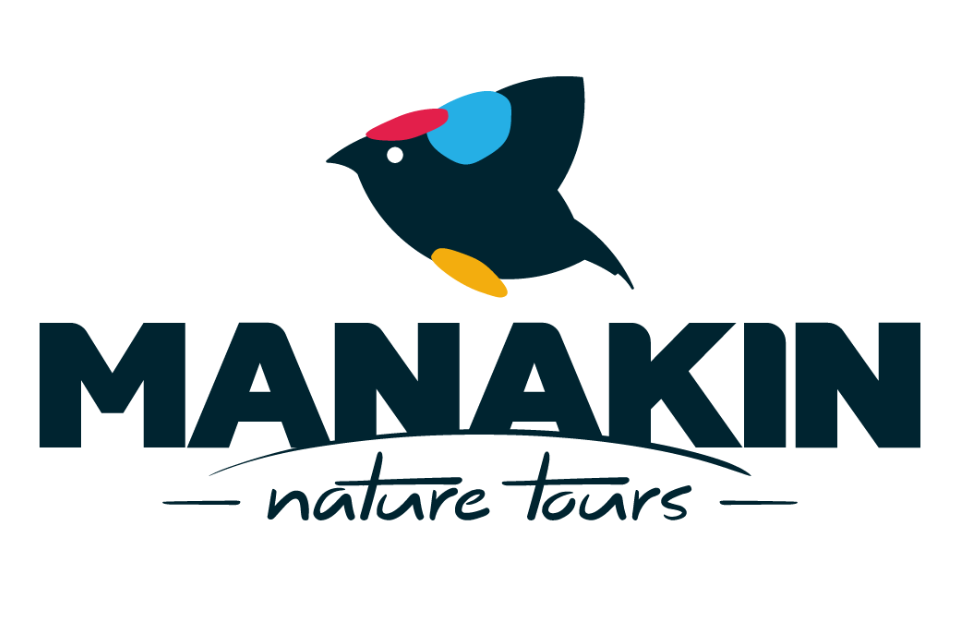

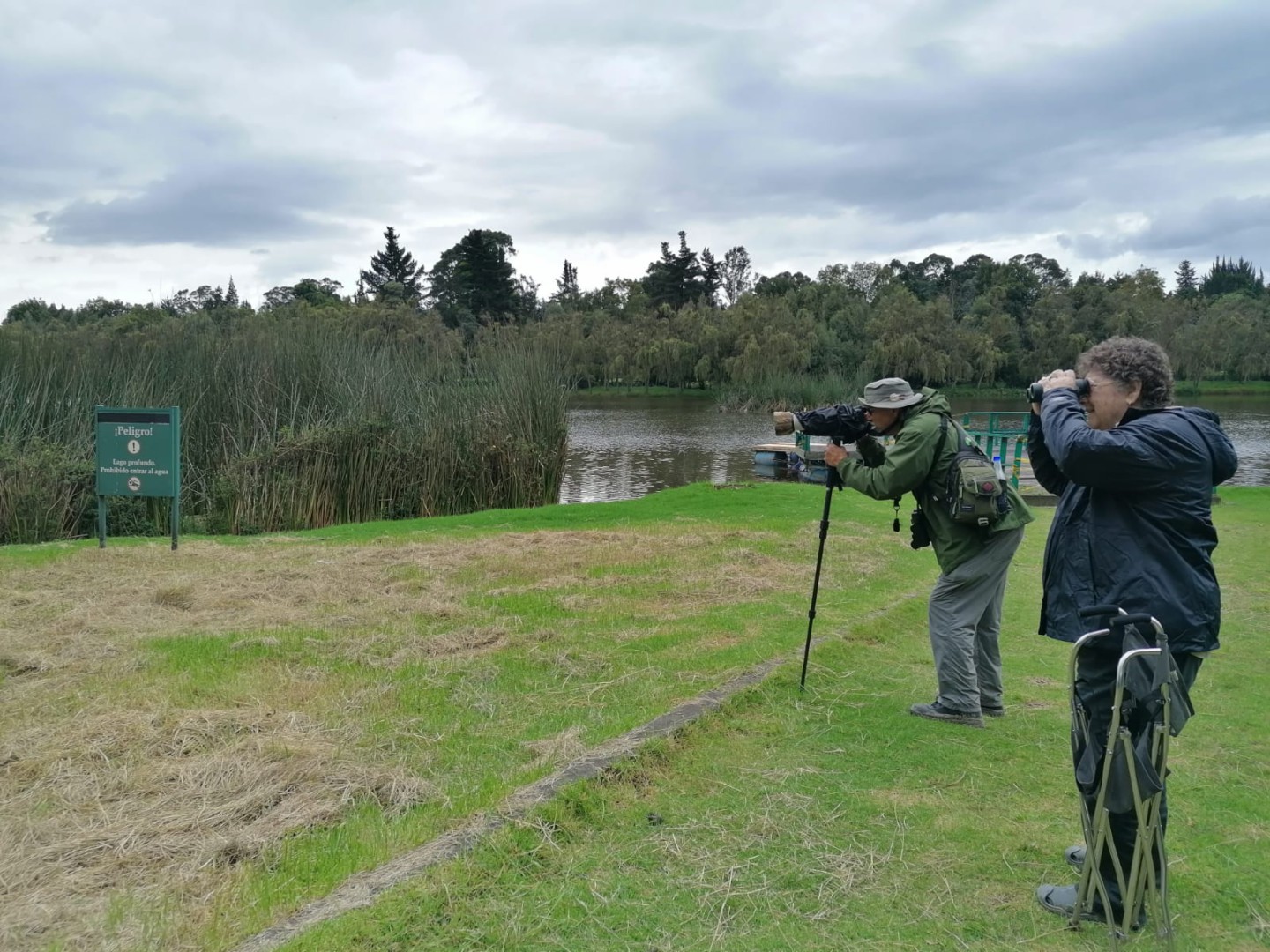
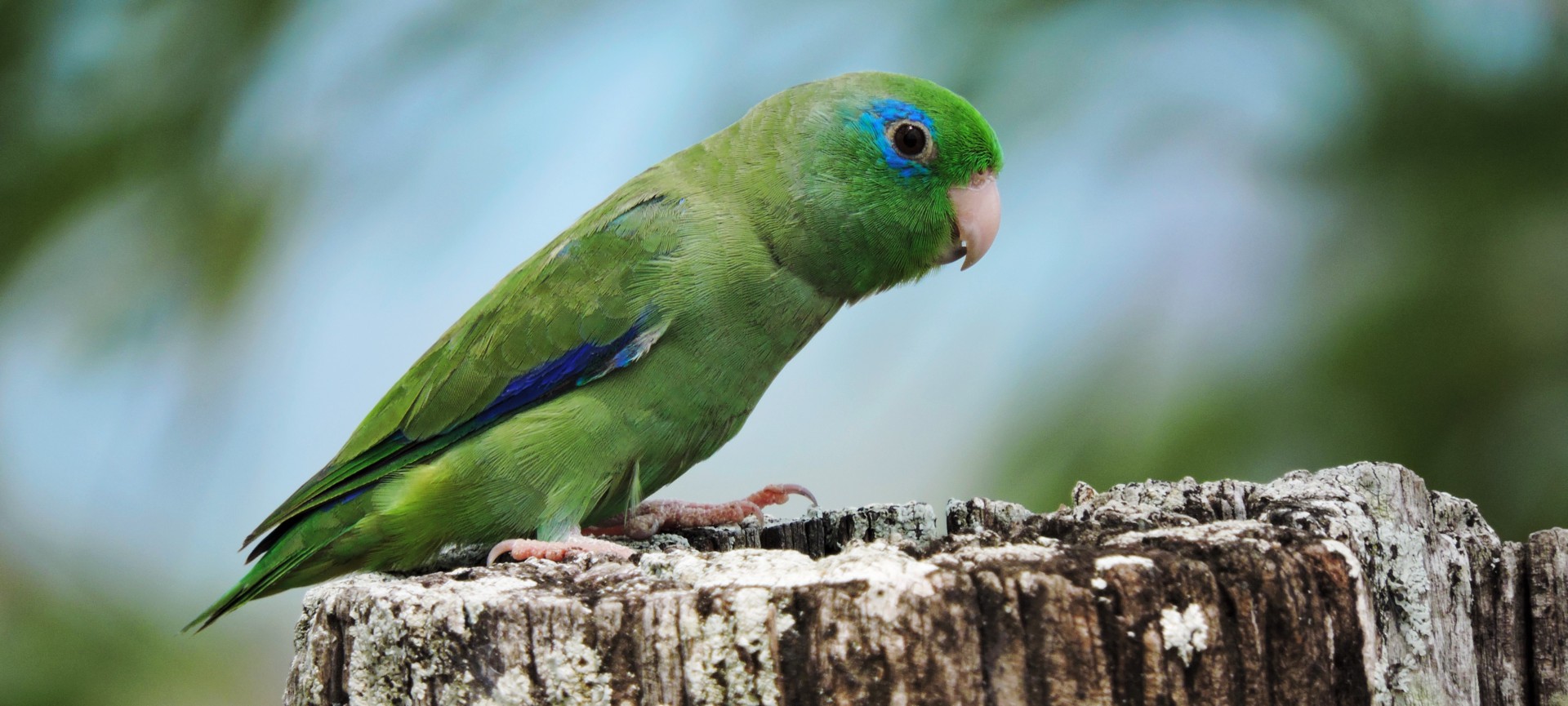
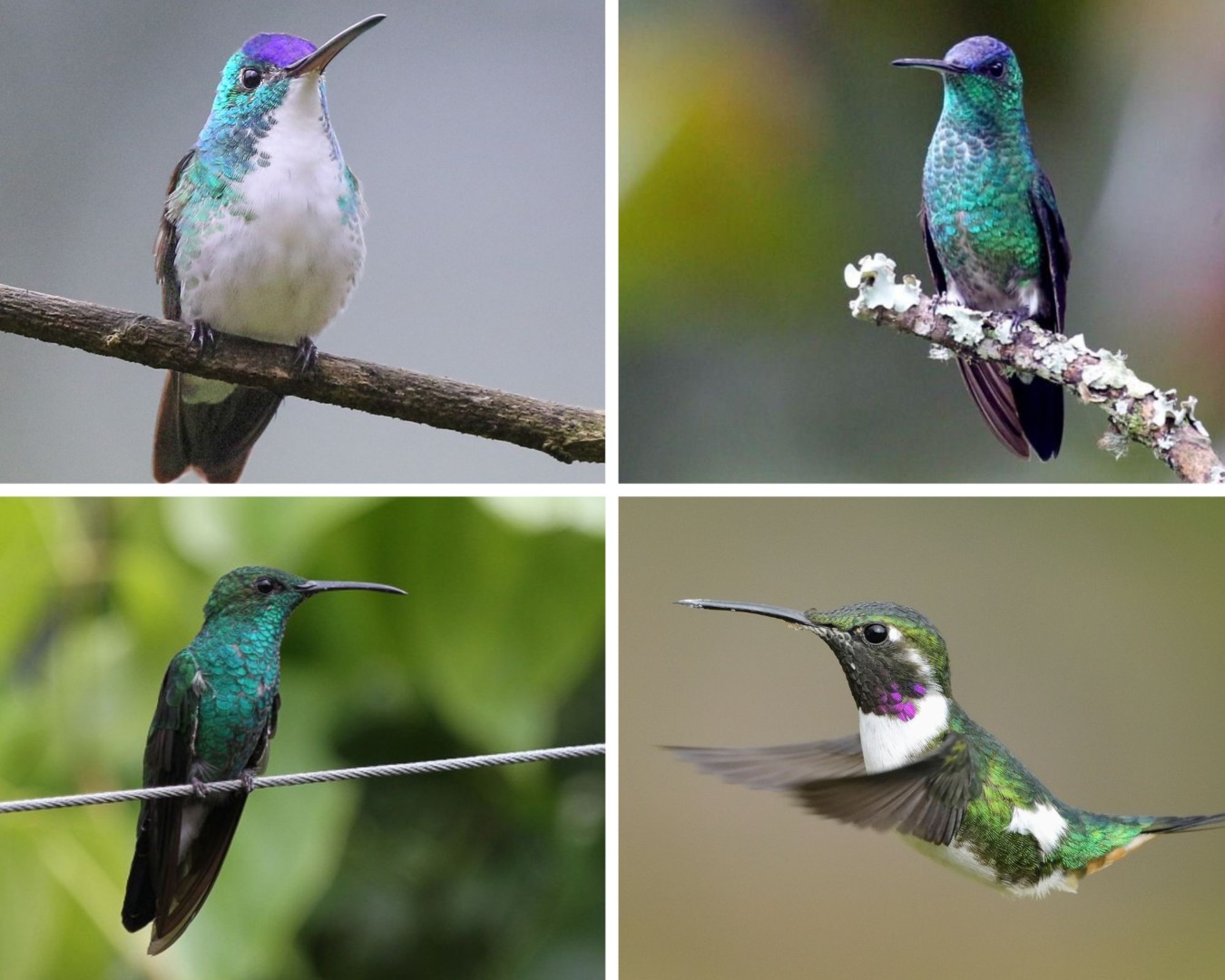
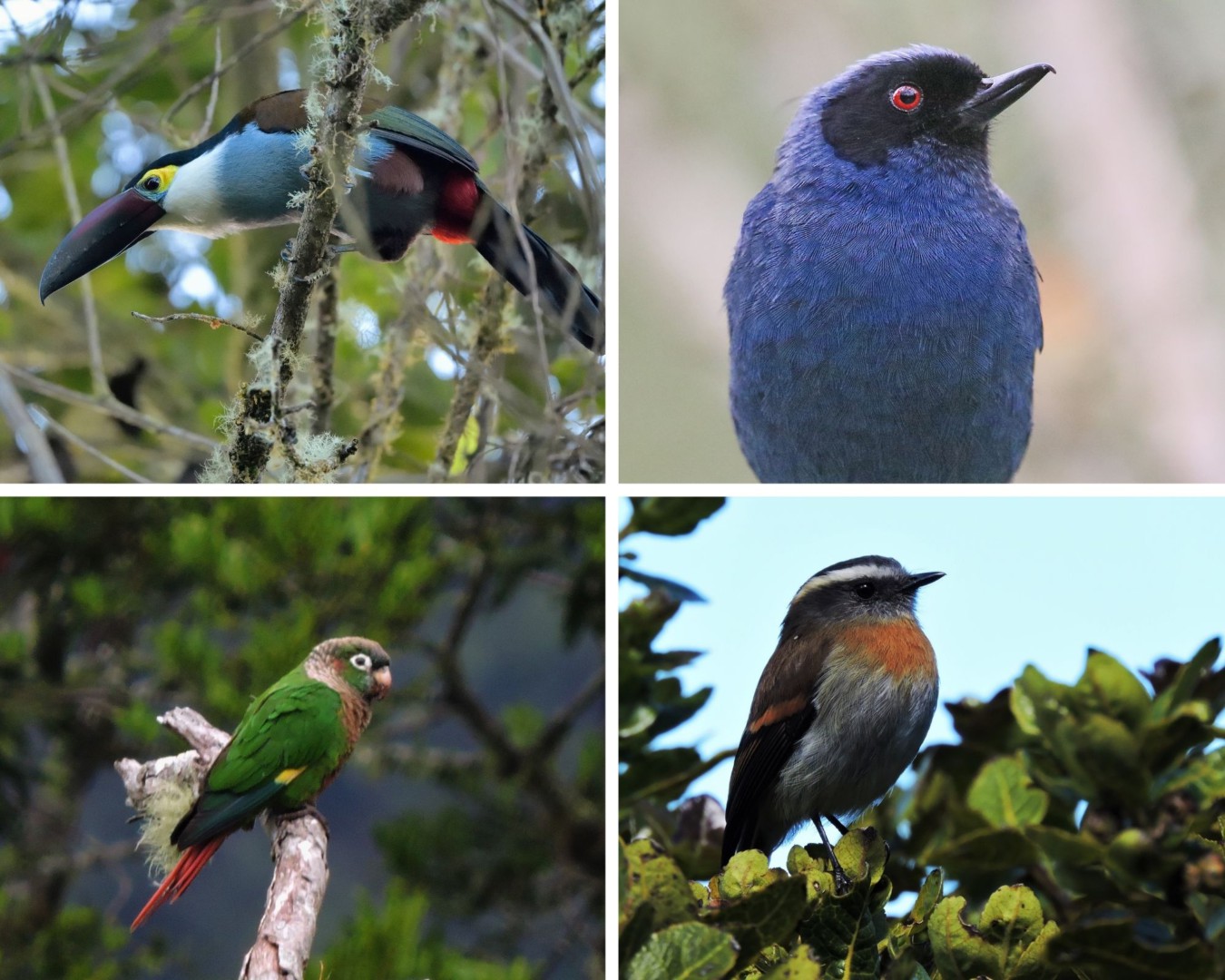
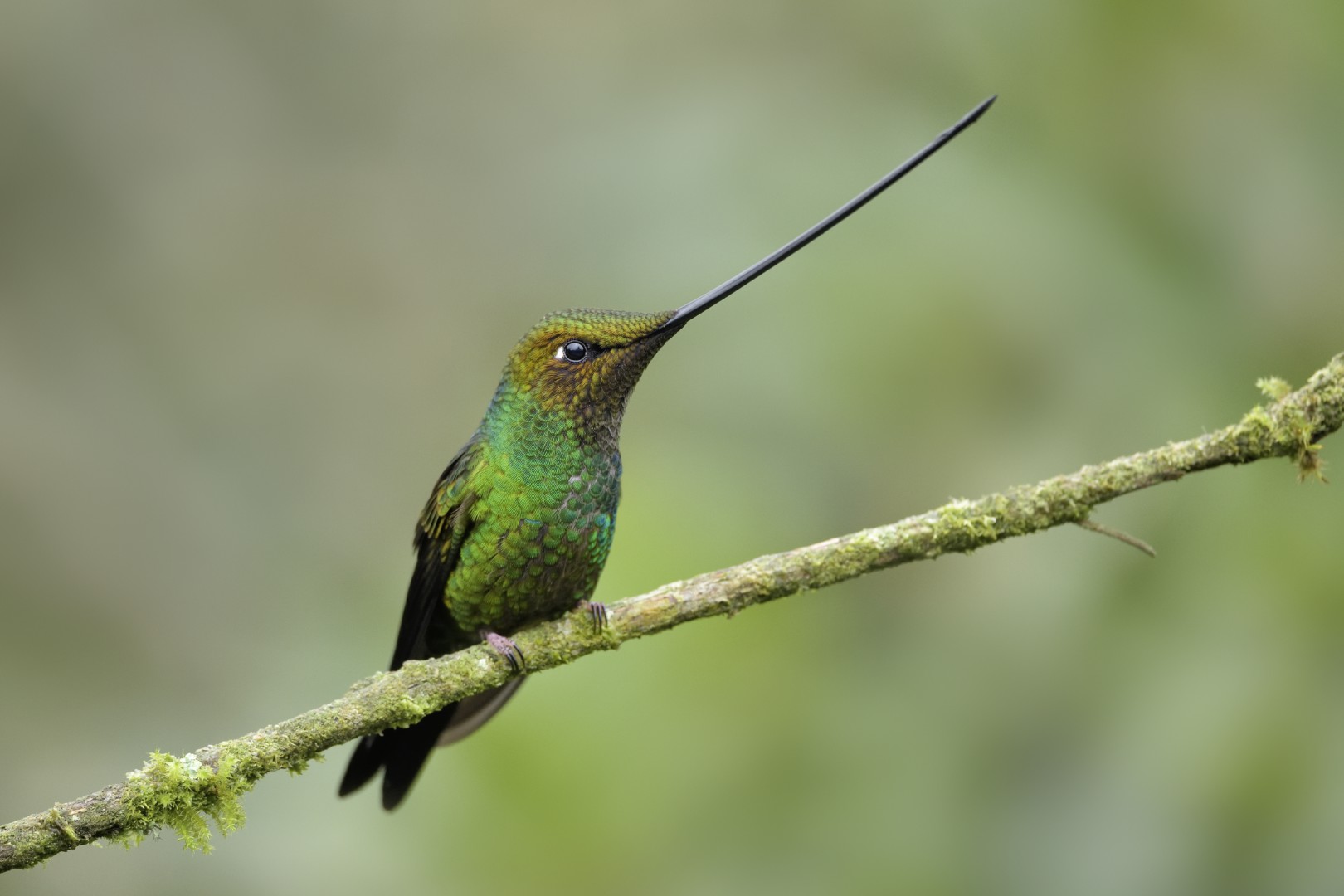
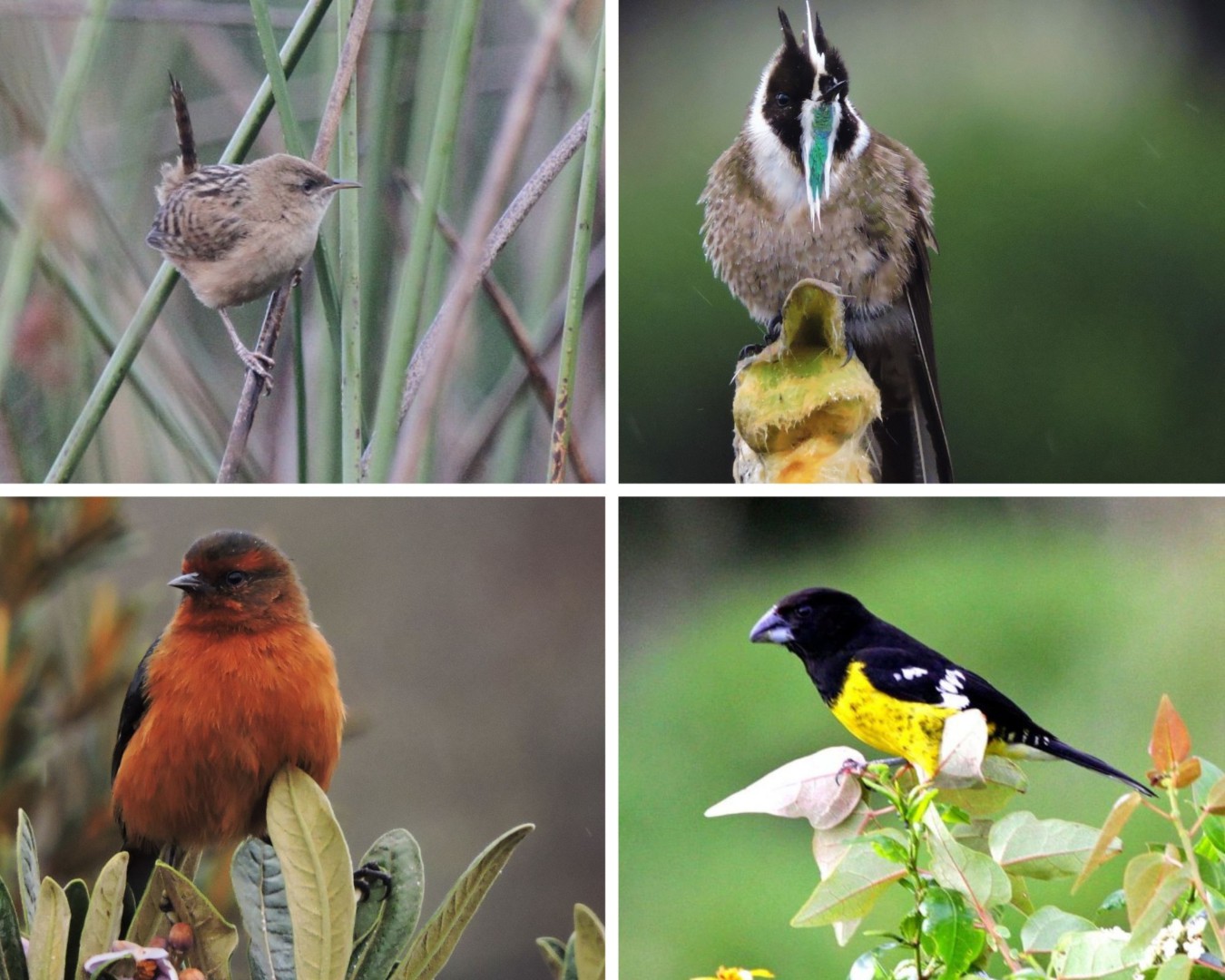
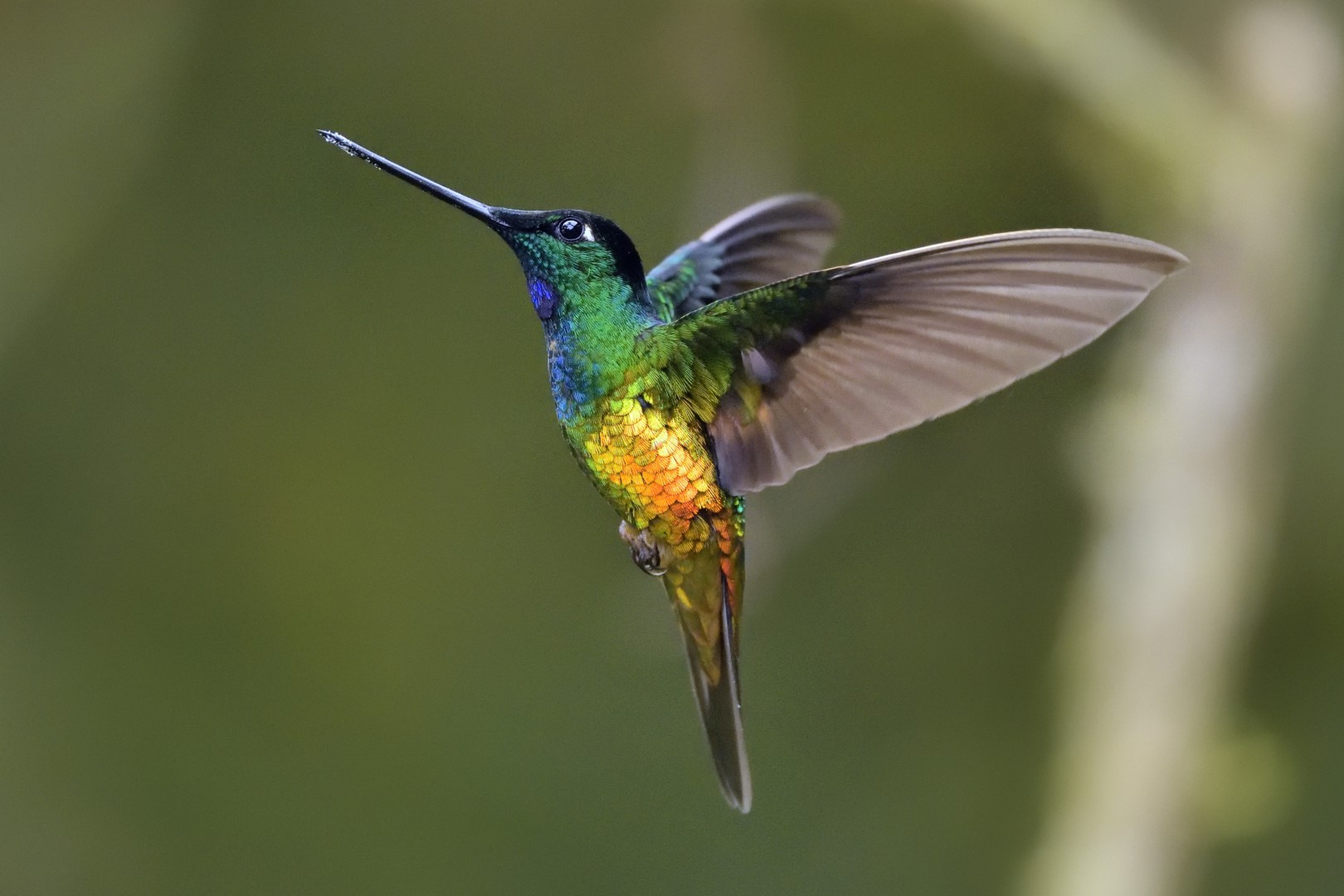
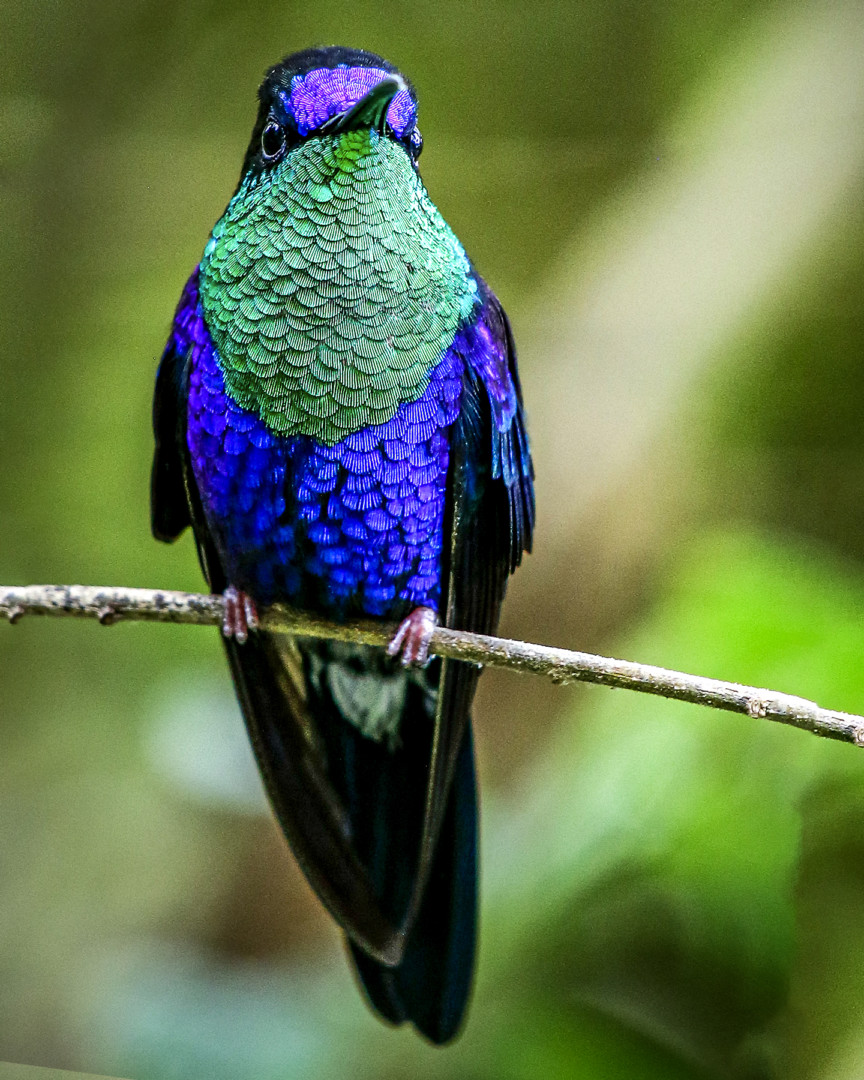
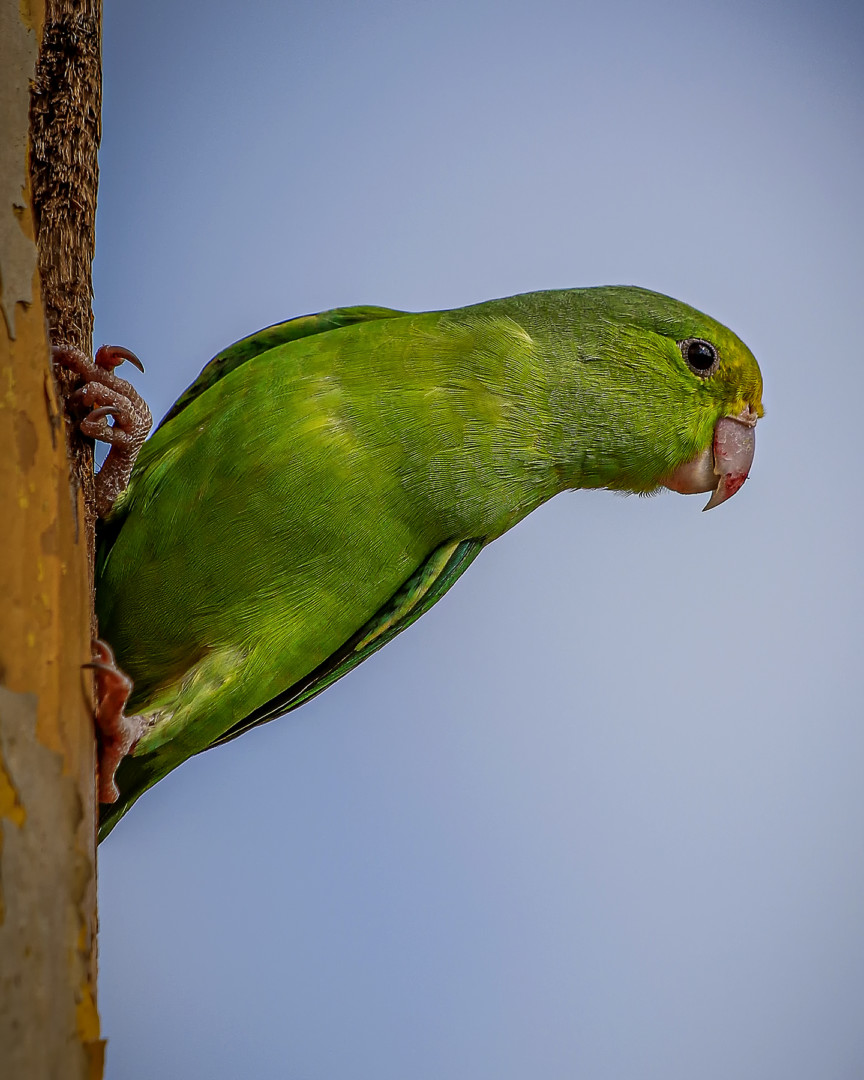
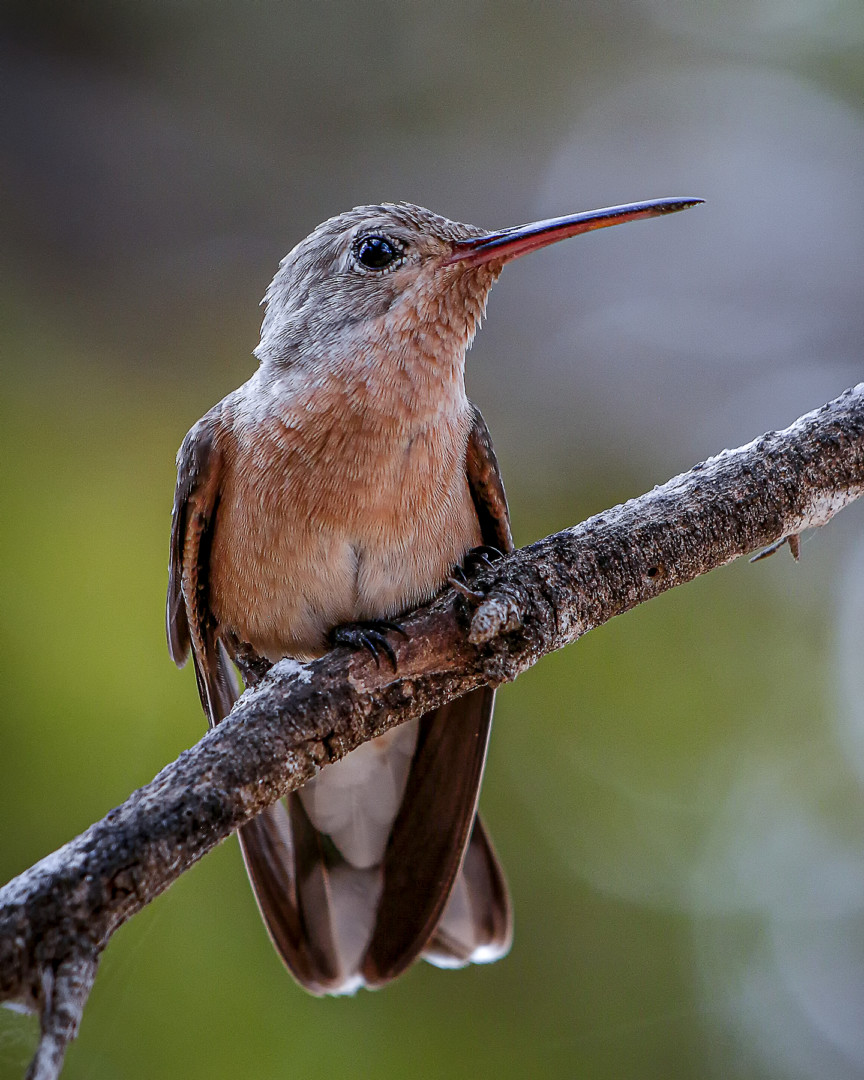
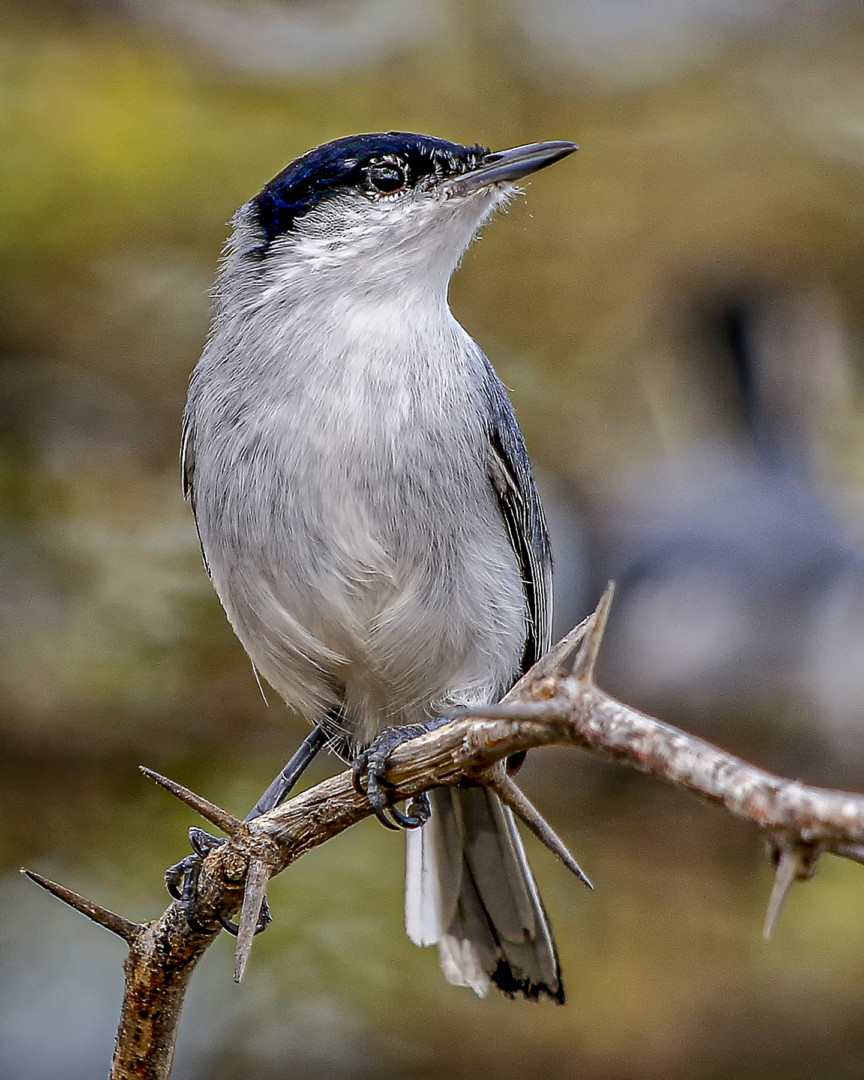
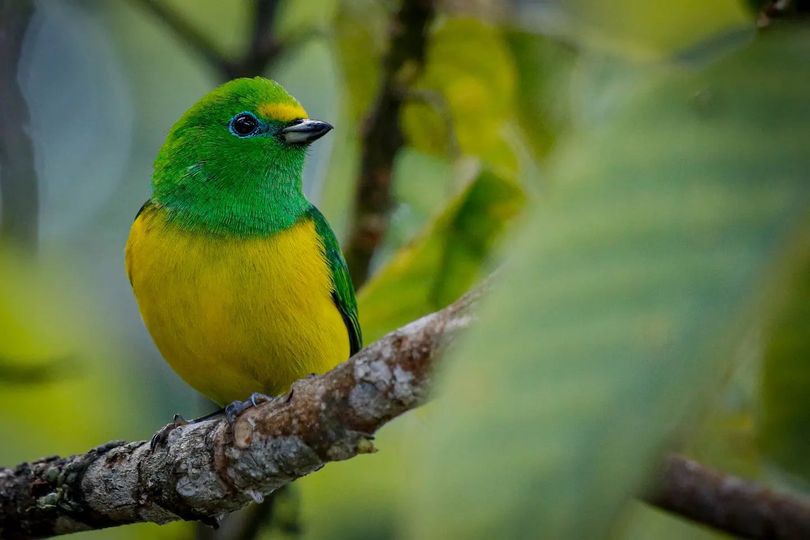
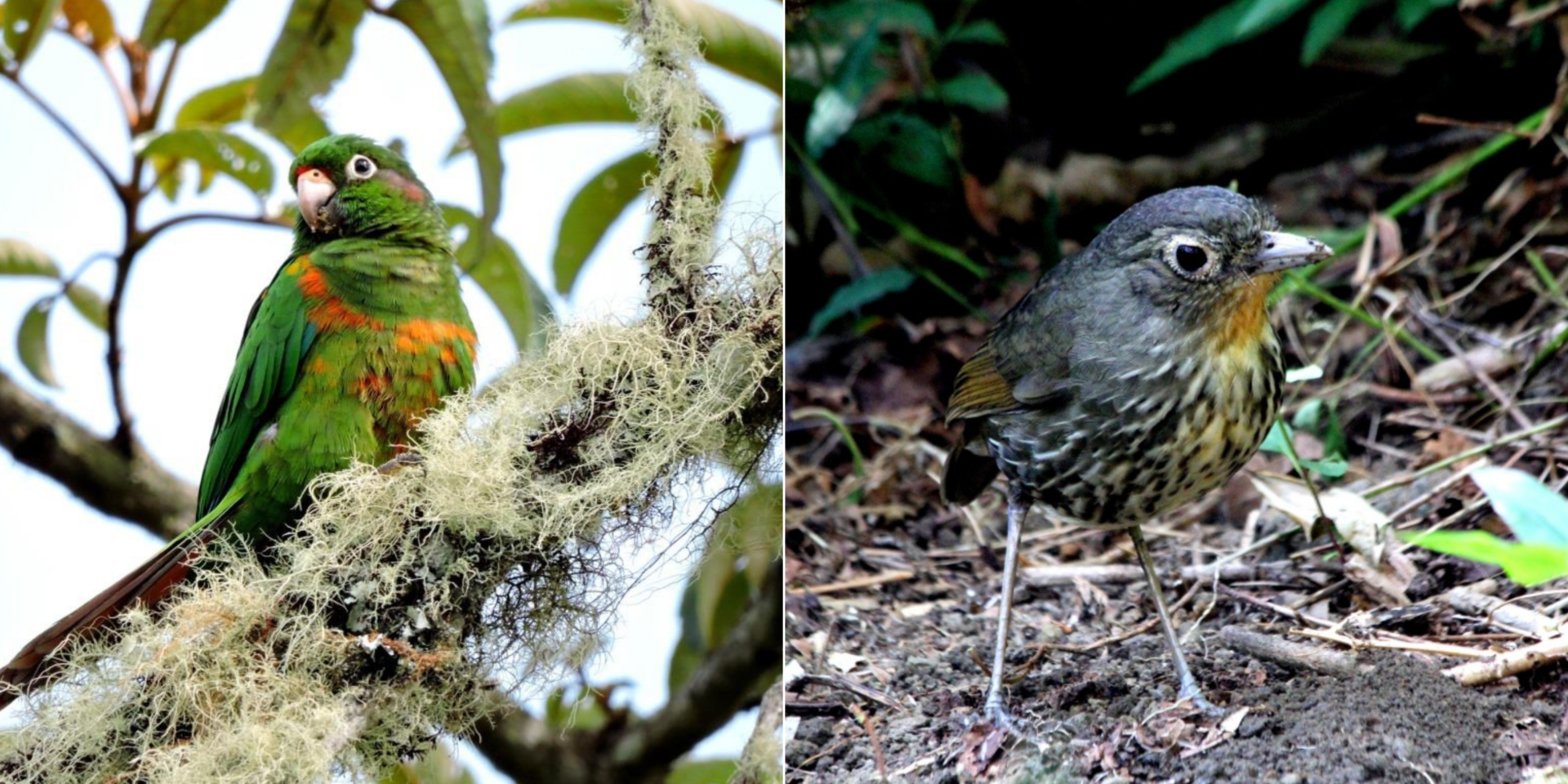
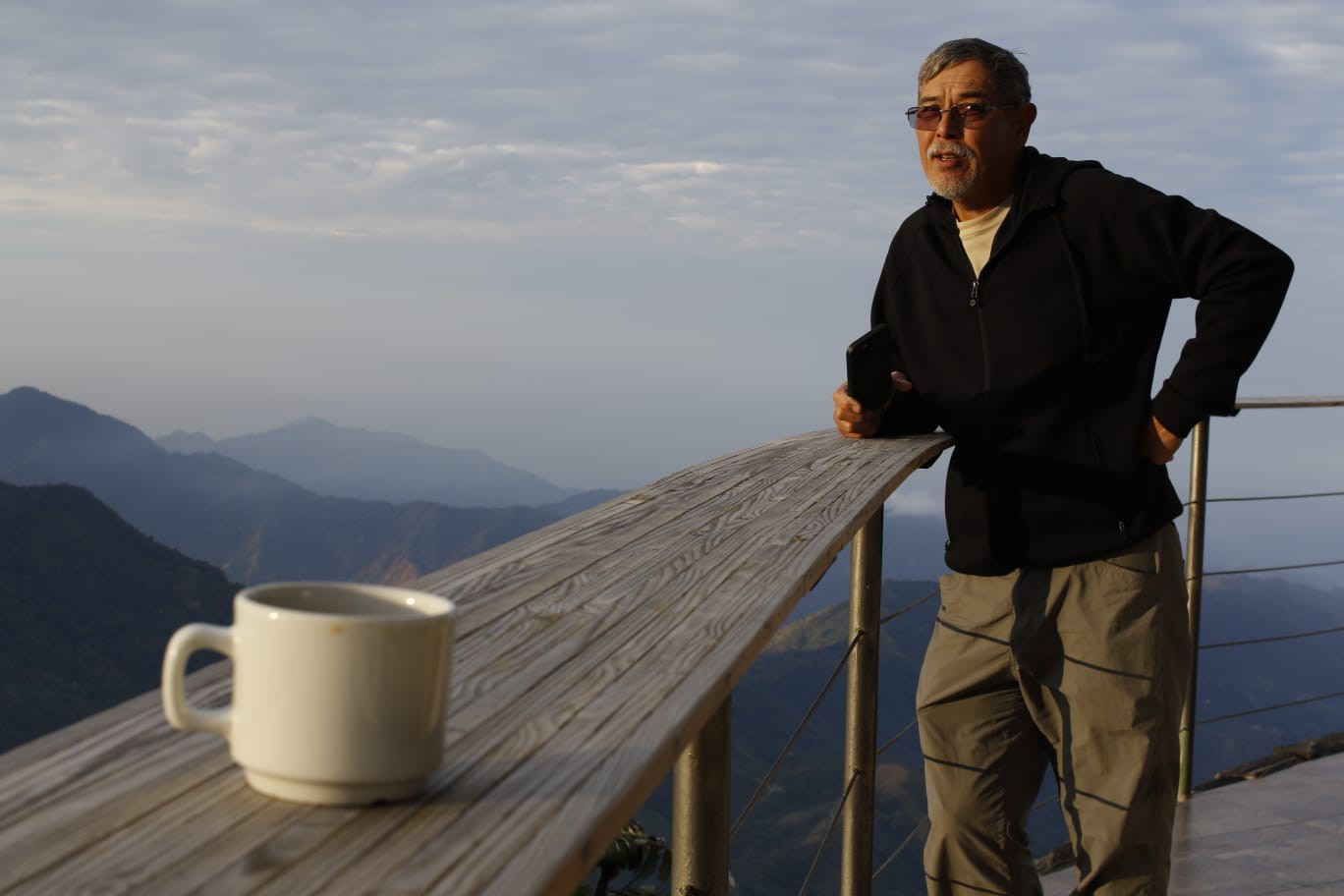
Dorothy Lamolinara
Great guide, great birding, and great time. We enjoyed learning about and experiencing Columbia. We will probably return to experience another part of the country.
Thanks Cristian an Manakin tours
Bill and Dottie